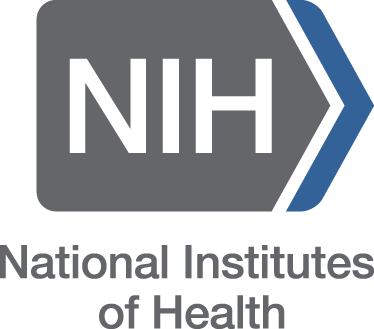PHYSICO-CHEMICAL AND MICROBIAL STATUS OF MALKHED LAKE AT CHANDUR RAILWAY, DISTRICT: AMRAVATI
Keywords:
Malkhed lake, Physico-chemical, parameters, Microbial statusAbstract
An accurate assessment and periodic monitoring on water quality as well as screening for microbiological parameters are necessary to frame a sound public policy and implementation of water quality improvement programmes. It is not only a safeguard against the possible outbreak of disease, but also is a test of efficiency for the treatment plan and the disinfection process. Various physico-chemical parameters of six different sites of Malkhed Lake were measured during 2008 and 2009. The pH of water was slightly alkaline (7.3 to 8.9). Turbidity and electrical conductivity ranged from 3.00 to 5.50 NTU and 329to 359 μmhos/cm respectively. The total dissolved solids, alkalinity, total hardness, chloride were ranged from 342 to 395, 178 to 192, 98 to 143 and
19.50 to 25 mg/L respectively. Cations viz., Ca++, Cu++, K+, Na+ and Mg++ were ranged between 6.50 to 10.10, 0.01 to 0.07, 0.01 to 0.10, 26.50 to 34.50 and 7.9 to 8.60 mg/L respectively . 4.22 to 7.34 mg/L DO, and 2.03 to 7.10 mg/L BOD recorded. Phosphate, nitrate iron and fluoride were found 0.00 to 0.10, 40 to 55.01, 0.01 to 0.10 and 0.19 to 0.29 mg/L respectively. Lake water did not show any significant pollution during the present study, except nitrates and BOD. The differences in various parameters were statistically significant (p<0.05) when compared with BIS and WHO. These parameters were found to be important for quality of water which showed strong correlation with several other parameters. MPN count varied for E.coli from 18/100 mLand 63/ 100 mL which indicate that dam water in study area are less contaminated.


























